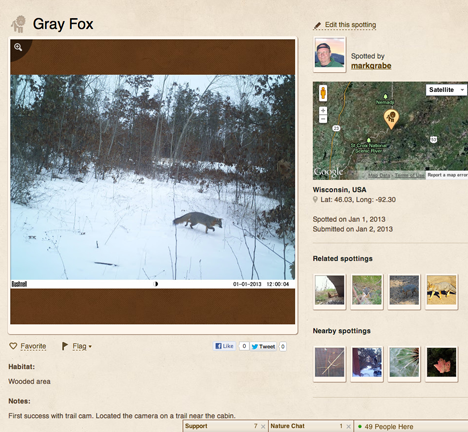I just read a disturbing post from the Diane Ravitch blog and it seems that Ravitch has a similar reaction to my own. It seemed she did not support the position taken, but found it difficult to argue a different position.
The short version – Ravitch provides a post authored by a public school classroom teacher explaining what the teacher perceives as the reality schools face. The teacher seems an advocate for between-class ability grouping (grouping of students by ability for all classes) and claims that the opposition to this practice places public schools in an impossible position. What happens when schools employ heterogenous grouping (no grouping or the purposeful mixing of learners with different levels of talent) is that the parents of more capable students pull their students from such schools and place them elsewhere if they have the means to do so.
I have one issue with the research as reported in the article. It was my understanding, that between-class grouping had little overall statistical impact. One interpretation has been that more capable students may benefit, but less capable students suffer under such an arrangement. Hence, the overall outcome is neutral. It is not my understanding that between-class grouping benefits less capable students which seems to be the claim of the post author.
The post does not consider regrouping or within-class grouping which I thought had proven benefits. This is the practice of grouping class by class (e.g., elementary students grouped for reading but not other subject areas).
Whether I or the author of the post has the best grasp of the facts is not what I find disturbing. My concern involves the description of parents undermining the general benefit of pubic education by acting in the best interest of their own kids. How do you respond as an advocate if this is an apt description. Shouldn’t you do the best you can for your own kids. This is a situation that reminds me of a “tragedy of the commons” problem. I guess it is a little different. In the problem of the commons, if everyone acts to maximize personal benefit the system breaks down for everyone. Here, the argument that all lose if some are allowed to act in the benefit of self interest is more difficult to make.
29 total views


You must be logged in to post a comment.